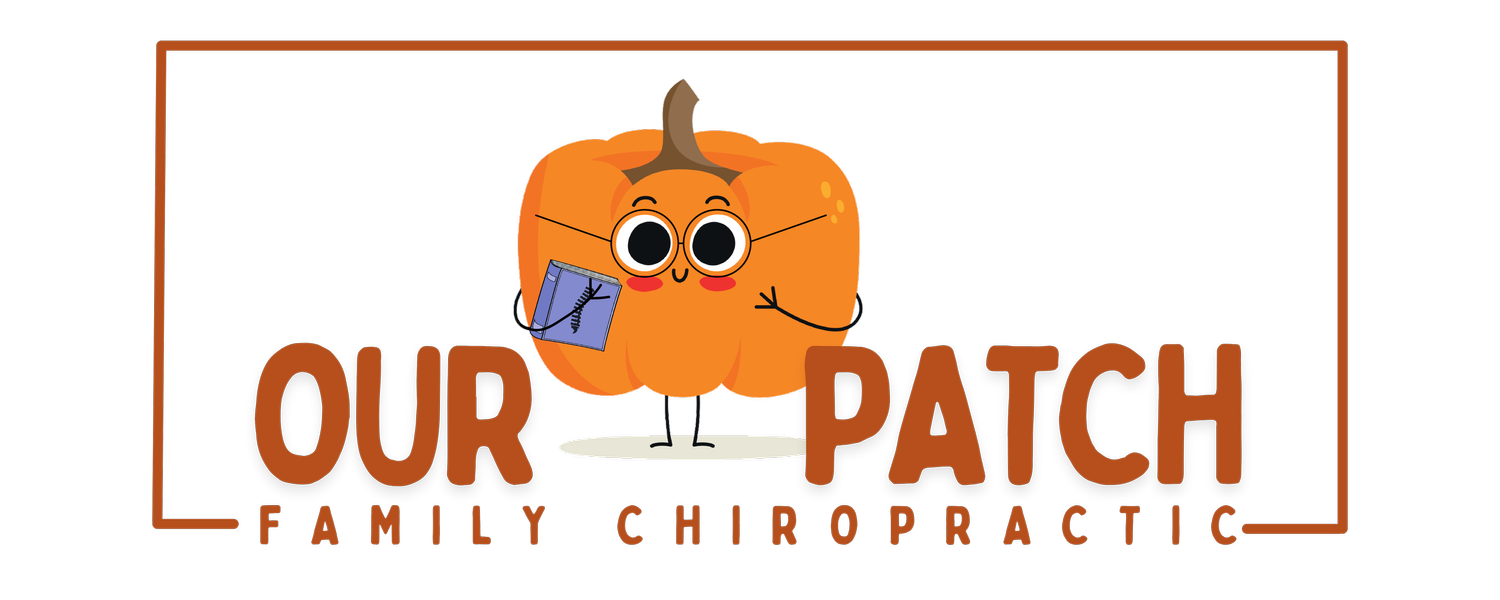Breastfeeding & Chiropractic: Most Common Challenges for First-Time Mothers
BREASTFEEDING!
It’s so wild to me that this intuitive and innate form of bonding and nourishment is now a hot topic. There are varying opinions on whether or not to do it, whether or not it has certain benefits, the list goes on. Today, we’re not focusing on opinions– just straight facts about how chiropractic care can help mothers on their breastfeeding journey.
Breastfeeding intertwines nourishment, bonding, and is the purest form of love. For first-time mothers, this can be both enchanting and overwhelming, filled with questions and uncertainties. Whether you're struggling with latch issues, seeking to boost your milk supply, or simply in need of reassurance, know that you're not alone. It’s important to address the essentials, the challenges, and the joys of breastfeeding, ensuring you feel confident and supported along the way.
LET’ GET INTO IT
-
COMMON ISSUES BREASTFEEDING
While breastfeeding is a natural process, it doesn’t always come naturally, and that’s okay. There are many reasons why breastfeeding may feel challenging, especially in the first few days and weeks, such as:
An Ineffective Latch
Research shows that pain with breastfeeding is the #1 reason mothers get discouraged to reach their nursing goals. Breastfeeding may not be the most comfortable in the first few days, but it should not be painful. Pain with latch indicates a latch issue, either due to baby’s positioning, oral tension, or body tension.
Nipple Vasospasm
This can occur when blood flow is restricted to an area of the body. With breastfeeding, vasospasm can look like the nipple has “lost its color“ after a feeding. This is common among mothers with Raynaud's Phenomenon, as well as moms whose babies have a shallow or ineffective latch.
Gassy Babies
Some moms are sure that when they eat certain foods (such as dairy products, cabbage, garlic, or spicy food), their baby experiences gas and fussiness. While taht may be true, consider that there may be other reasons for a baby to have gas. An infant’s digestive systems are still developing, and they often swallow air when they nurse if a latch issue is present (more on that below). A small percentage of babies have a true allergic reaction or something in their mom’s breast milk – most often cow’s milk. If you notice that your baby seems gassy and fussy when you eat a particular food, there’s no harm in avoiding it for a while.
Milk Supply
First thing’s first: it is important to know the different kinds and quantities of milk that a mother produces and a child needs in the first days and weeks of life. Attached is a wonderful blog post by Nest Collaborative expanding on this.
If you are feeding on demand, baby is gaining weight, and baby has a good latch, there should not be a supply issue. A true medical condition which mom cannot produce enough milk is very rare. READ THAT AGAIN. If you are dealing with a problem that leads to a low supply, working with a lactation consultant to optimize output is super important. This could include increasing number of feeds, herbal supplements, taking inventory of your postpartum nutrition, and improving your baby’s latch. Some mothers experience an oversupply, which is also a good reason to reach out for support.
Baby Weight Fluctuations
It is completely normal for newborns to lose up to 10% of their body weight in their first few days. A baby who isn’t gaining weight can become a health concern, but rest assured there is usually a manageable solution and that there are variations of normal. If baby is not showing signs of gaining the weight back after the first couple weeks, reach out to a lactation professional for additional support.
MOM, YOU ARE DOING GREAT.
More often than not, these issues stem from an oral restriction and/or tension in baby’s body– something chiropractic care can help with a lot! You should never have to go through any of these experiences alone.
DISCLAIMER: Starting with a lactation consult is usually the first step in addressing any of the listed concerns. If needed, your lactation consultant will have the expertise to determine when and how to refer to other specialists/experts in each circumstance.
HOW CHIROPRACTIC CARE CAN HELP
What specialized pediatric chiropractors look at is the structures in and around the mouth– mainly cranial bones, oral muscle tone, and imbalances in the upper neck. A misalignment in the upper neck can cause neurological interference (or subluxation) to the surrounding muscle groups leading to oral tension and restriction of movement, often mimicking a tongue tie. If a true tongue tie (or subluxation mimicking a tongue tie) presents itself, the tissues around the tongue and face will be tight and a child’s latch will be ineffective.
Misalignments found in the upper neck are often a result of trauma related to birth and can be easily assessed by examining range of motion in the neck. The most extreme of these is torticollis, where the muscles of the neck are so tight, it forces the head to tilt down. By correcting these misalignments, the newborn can more freely turn their neck, making it easier and more comfortable to latch on both sides.
Chiropractic care helps with infant latching and breastfeeding problems by improving brain-body communication and relieving tension in the body. Chiropractic adjustments also enhance the function of the digestive system and nervous system.
FINDING A LOCAL PEDIATRIC CHIROPRACTOR NEAR YOU
The International Chiropractic Pediatric Association
Imagine if doctors truly supported a woman's innate right to make informed choices for her own family. Imagine if a safe community of empowered parents existed to support a mother's inner guidance and the desire to grow. These are the principles and promises of the ICPA and its community of 8,500 doctors of chiropractic. Take a look at their directory to find a qualified pediatric chiropractor in your area!


